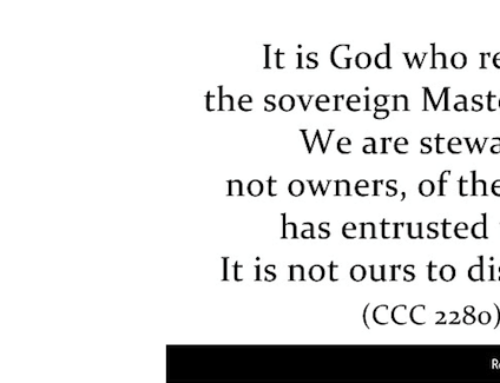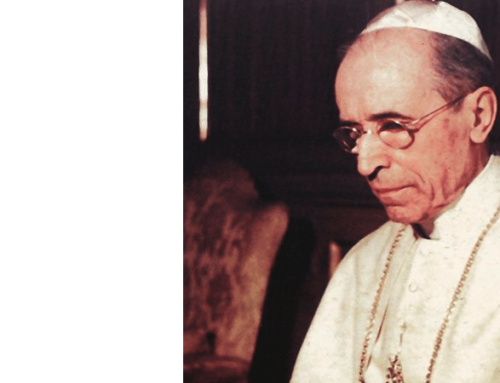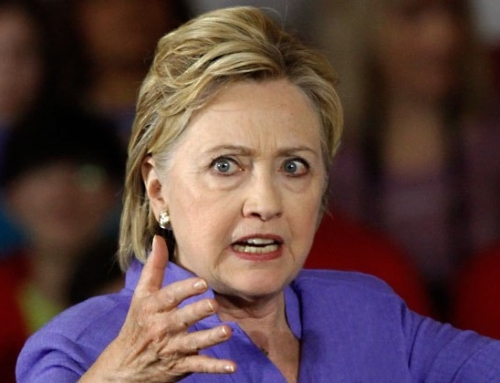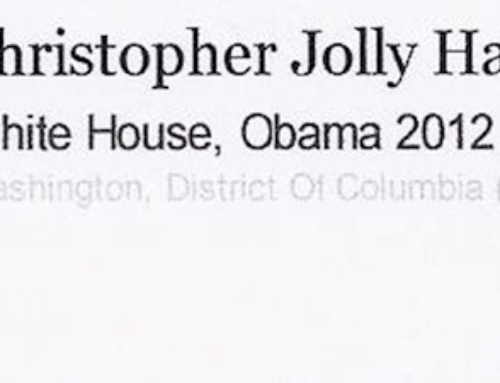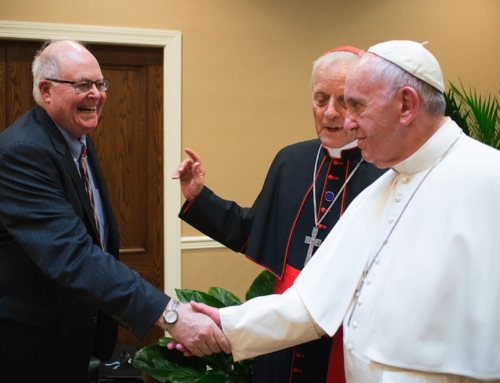by Jay P. Greene
(Catalyst, 9/2006)
The following article is an excerpt from a longer piece that appeared in the July/August edition of The American Enterprise (the flagship publication of the American Enterprise Institute) titled, “Education Myths” (Greene has published a book by that name).
Greene, who runs the Department of Education Reform at the University of Arkansas, and who is a senior fellow at the Manhattan Institute, has written widely on the subject of school reform. Armed with persuasive evidence, Greene contends that there are many myths afloat about what ails education in the U.S. There is a “money myth,” a “teacher pay myth,” a “class size myth,” a “certification myth,” a “rich-school myth” and an “ineffective school voucher myth”; the latter two myths touch on Catholic schools and therefore were selected for publication in Catalyst.
Bill Donohue highly recommends Greene’s book, Education Myths, and would like to thank both Jay Greene and The American Enterprise for giving us permission to reprint the following article.
The rich-school myth
A popular myth says that private schools do better than public schools only because they have more money, recruit high-performing students, and expel low-performing students. The conventional wisdom is captured in one Michigan newspaper’s warning that “a voucher system would force penniless public schools to shut down while channeling more and more money into wealthy private schools.”
There is no question that, on average, students in private schools demonstrate significantly greater achievement. For example, on the eighth-grade reading portion of the NAEP [National Assessment of Educational Progress] test, 53 percent of private school students perform at or above the level defined as “proficient,” compared to only 30 percent of public school students. In eighth-grade math, only 27 percent of public-school students perform at the “proficient” level, compared to 43 percent of private-school students. Interestingly, twice as many private-school eighth graders go on to earn a bachelor’s degree as their public-school counterparts, in percentage terms.
However: it simply isn’t true that public schools are penniless while private schools are wealthy. In fact, the opposite is closer to the truth. According to the U.S. Department of Education, the average private school charged $4,689 per student in tuition for the 1999-2000 school year. That same year, the average public school spent $8,032 per pupil. Among Catholic schools (which educate 49 percent of all private-school students), the average tuition was only $3,236. The vast majority of private-school students actually have less than half as much funding behind them as public-school students.
Some point out that private schools don’t always provide all the services that public schools do: transportation, special ed classes, lunch, counseling. But in an analysis comparing public-school and Catholic-school costs in New York, D.C., Dayton, and San Antonio, researchers found that excluding all of these services plus administration costs from the public-school ledger still left public schools with significantly more resources than Catholic schools. Besides, if public schools provide additional services, then those services should contribute to their students’ educational outcomes. All spending is ultimately relevant to the question of a school’s cost-effectiveness.
Just as lack of money cannot be blamed for poor outcomes in public schools, neither can differences in selectivity be held responsible. Surprising as it may be, most private schools are not very selective. A study of the nation’s Catholic schools concluded that the typical institution accepted 88 percent of the students who applied. Other research in D.C., Dayton, and New York private schools found that only 1 percent of parents reported their children were denied admission because of a failed admissions test. Moreover, the academic and demographic backgrounds of students who use vouchers to attend private school across the country are very similar to those who don’t.
Private schools don’t significantly alter their student populations by expelling low-achieving or troublesome students, either. One study found that “Catholic high schools dismiss fewer than two students per year” on average. While it is true that every student is officially entitled to a publicly funded education, students in public schools are regularly expelled. According to the U.S. Department of Education, roughly 1 percent of all public school students are expelled in a year, and an additional 0.6 percent are segregated into specialized academies. That’s more than in Catholic and other private schools. Moreover, public schools actually contract out 1.3 percent of their disabled students to private schools.
In any case, numerous studies have compared what happens when students with identical backgrounds attend private versus public schools. And consistently, in study after study, the matched peers who remain in public schools do less well than children who shift to private schools. Higher student achievement is clearly attributable to some difference in the way private schools instruct—and not to more money, or simple exclusion of difficult students.
The myth of ineffective school vouchers
When reporting on school vouchers—programs that give parents money they can use to send their children to private schools—the media almost always describe research on vouchers’ effects as inconclusive. The New York Times, for instance, responded to a Supreme Court decision approving vouchers by declaring: “All this is happening without a clear answer to the fundamental question of whether school choice has improved American education. The debate… remains heated, defined more by conflicting studies than by real conclusions.”
In reality, though, the research on vouchers isn’t mixed or inconclusive at all. High quality research shows consistently that vouchers have positive effects for students who receive them. The only place where results are mixed is in regard to the magnitude of vouchers’ benefits.
There have been eight random-assignment studies of school voucher programs, and in seven of them, the benefits for voucher recipients were statistically significant. In Milwaukee, for example, a study I conducted with two researchers from Harvard found that students awarded vouchers to attend private schools outperformed a matched control group of students in Milwaukee public schools. After four years, the voucher students had reading scores six percentile points above the control group, and standardized math results 11 percentile points higher. All of the students in this study (which is mirrored by other research) were low-income and Hispanic or African American.
In a study of a different program based in Charlotte, North Carolina, I found that recipients of privately funded vouchers outperformed peers who did not receive a voucher by six percentile points after one year. All of the students studied were from low-income households. In New York City, a privately funded school choice program has been the subject of many careful studies. One found that African-American voucher recipients outperformed the control group by 9 percentile points after three years in the program. Another analysis found a difference of 5 percentile points in math. A similar program in Washington, D.C. resulted in African-American students outperforming peers without vouchers by 9 percentile points after two years.
Every one of the voucher programs studied resulted in enthusiastic support from parents as well. And all this was achieved in private schools that expend a mere fraction of the amount spent per student in public schools. The most generously funded of the five voucher programs studied, the Milwaukee program, provides students with only 60 percent of the $10,112 spent per pupil in that city’s public schools. The privately funded voucher programs spend less than half what public schools spend per pupil. Better performances, happier parents, for about half the cost: if similar results were produced for a method of fighting cancer, academics and reporters would be elated.
Spread the truth
Over the past 30 years, many of our education policies have been based on beliefs that clear-eyed research has recently shown to be false. Virtually every area of school functioning has been distorted by entrenched myths. Disentangling popular misconceptions from our education system—and establishing fresh policies based on facts that are supported by hard evidence—will be the work of at least a generation.
That work will be especially difficult because powerful interest groups with reasons to protect and extend the prevailing mythology will oppose any rethinking. But with time, and diligent effort by truth-tellers, reality and reason have triumphed over mythology in many other fields. There is no reason they can’t prevail in schoolhouses as well.
Jay P. Greene, Education Myths: What Special-Interest Groups Want You to Believe About Our Schools and Why it Isn’t So. Lanham, MD: Rowman & Littlefield, 2005. 280 pages.




